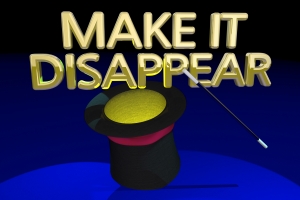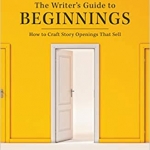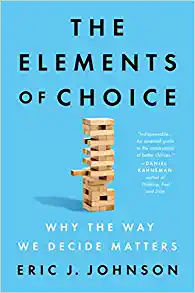In Blogging, Use Numbered Lists; Don’t Forget the Subscript

A subscript is a character that is set slightly below the normal line of type, respectively. It is usually smaller than the rest of the text. The National Geographic’ magazine issue “100 Places That will Change Your Life” is a great example of the way content writers can use subscripts in the titles of blog posts..
Under the name of each place the National Geographic authors recommend you visit, they’ve described a specific experience you can enjoy:
- In Qutu, China, you can learn Shaolin kug fu, the martial art developed by monks in the 15th century.
- In Oaxaca, Mexico, you can learn to prepare tamales using chocolate, grasshoppers, and corn fungus.
- In Jamaica, make sure to meet the Maroons, descendants of enslaved Africans who fought for freedom from the British.
- At Ellis Island, you can discover parts of your own family history.
- In Vietnam, you can wander the spice forests.
- In Bali, Indonesia, look for stunning penjor, bamboo poles adorned with frit, flowers, ad coconut leaves that display Hindu offerings during the festival of Galungan.
The way this wonderful magazine issue is set out serves as a reminder of several blog writing tactics we emphasize at Say it For You:
- Present information in numbered lists – Lists spatially organize information, helping create an easy reading experience, working well for scanning and skimming online searchers.
- Use “huh-oh” titles – “Huh?s” arouse curiosity; the “ohs” make clear what the article is about and use the keyword phrases.
- Offer specific advice and tips, thereby demonstrating that we understand our target readers’ needs.
- Include startling statistics – “Only an estimated one in 1,000 to 10,000 survives to adulthood” (describing why readers might be interested in rescuing sea turtles in Costa Rica). Opening your post with a startling statistic can be a way to grab visitors’ attention. If there’s some false impression people seem to have relating to your industry, or to a product or service you provide, statistics can serve as myth-busters.
In blogging, use numbered lists, and don’t forget the subscripts!






Follow us online!